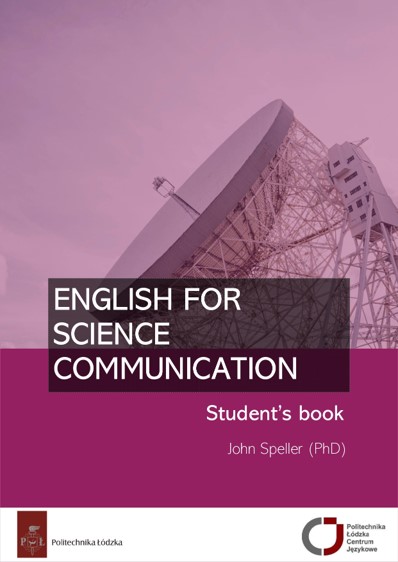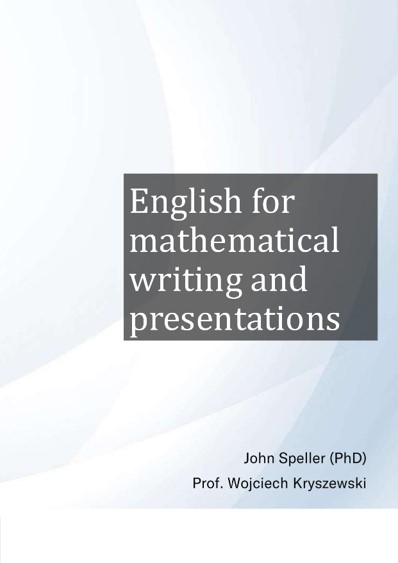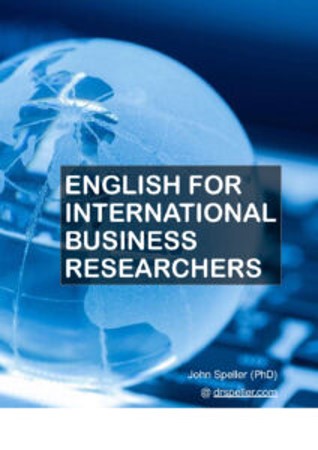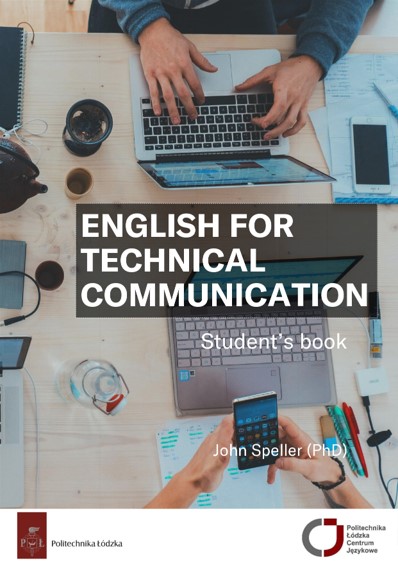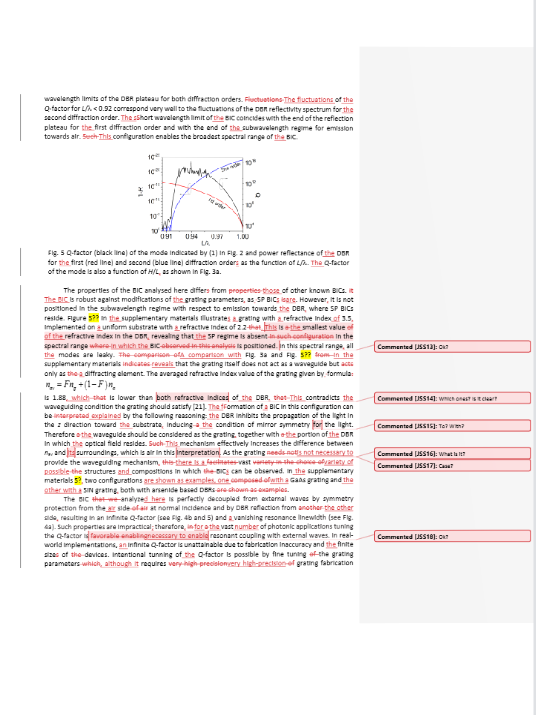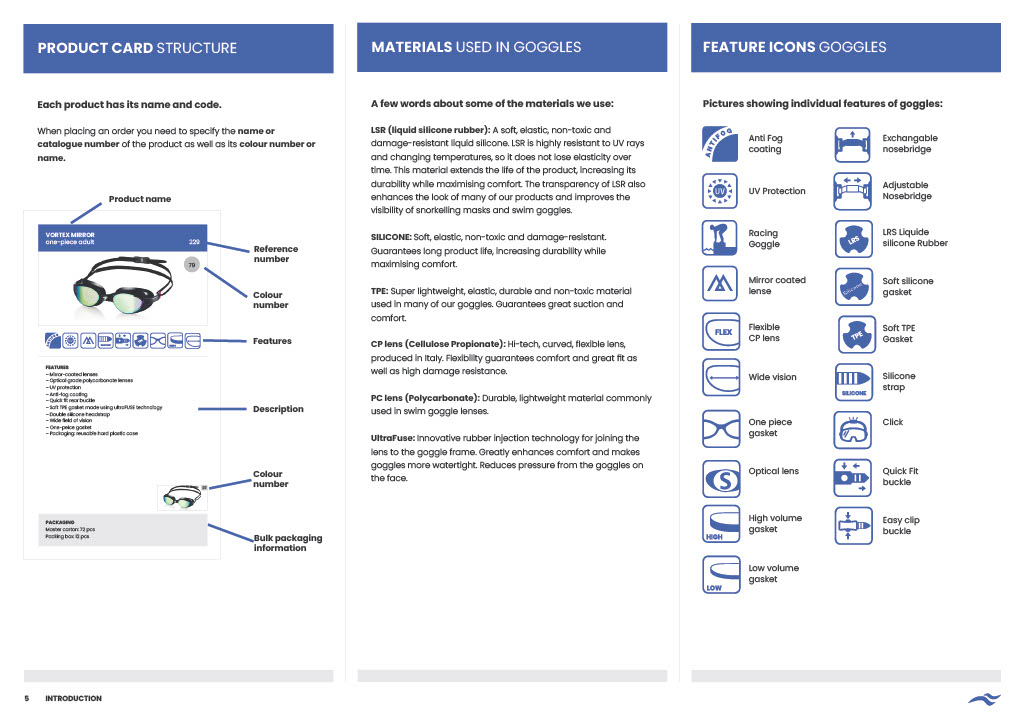Site blog
Overview
English for Science Communication is a coursebook designed for scientists, researchers, and students aiming to develop their skills in effectively communicating science to diverse audiences. The course emphasizes principles and practices essential for engaging both specialist and non-specialist audiences, fostering public understanding and appreciation of science.
The coursebook introduces key topics in science communication, including storytelling, visual representation of scientific data, public engagement strategies, and ethical considerations in communicating research. The materials include case studies, interactive activities, and multimedia content.
Audience: Undergraduate and master’s students in science-related disciplines
Responsibilities: Content creation, instructional design, eLearning development, visual design
Tools Used: MS Word, PowerPoint, Moodle
Process
The coursebook was developed using the ADDIE model (Analyze, Design, Develop, Implement, Evaluate), with iterative prototyping to ensure alignment with learner needs.
1. Analysis
Literature Review: To understand the needs and expectations of potential users, I conducted an extensive review of existing literature on science communication. This included academic articles, curriculum guides, and reports from leading organizations such as AAAS and UNESCO.
Key findings highlighted the importance of skills such as simplifying technical jargon, using storytelling techniques, and creating visuals that effectively communicate complex data.
The literature also emphasized the growing role of science communicators in addressing societal challenges and engaging with the public.
Benchmarking: I examined established science communication programs and frameworks to identify best practices and innovative approaches.
Learning Objectives: Clear objectives were defined, such as teaching students to:
- Identify and analyze their audience.
- Develop engaging narratives about scientific topics.
- Create impactful visual aids, including infographics and slides.
- Address ethical considerations in science communication.
2. Design
Curriculum Structure: Topics were organized into thematic units covering storytelling, audience analysis, visual communication, and public speaking for science. Each unit provided theoretical foundations, practical exercises, and opportunities for reflection.
Active Learning Focus: Activities such as role-playing, group discussions, and case studies were incorporated to help students practice real-world communication scenarios.
Capstone Assignment: The primary assignment was creating a 3–5 minute YouTube video. Students selected a scientific topic of their choice, tailored their message for a specific audience, and incorporated visuals and storytelling to produce an engaging video.
Activity Design: Each chapter included practical exercises, such as brainstorming video ideas, drafting scripts, designing visuals, and peer reviewing.
3. Development
Coursebook Content: Each chapter provided a blend of theory, practical exercises, and reflection prompts to guide learners in applying their skills to real-world scenarios.
PowerPoint Slides: Lesson slides were designed with clarity and engagement in mind, using visuals and concise text to facilitate in-class teaching.
Assignment Guidelines: Detailed instructions for the YouTube video assignment were included, covering steps from topic selection to editing tips.
4. Implementation
Classroom Delivery: The coursebook was used in face-to-face classes, where students could practice their skills and receive feedback.
Capstone Preparation: Students worked on their YouTube videos throughout the course, with milestones such as presenting storyboards, sharing drafts, and conducting peer reviews.
Showcase Event: At the end of the course, students presented their videos to the class, receiving feedback from peers and instructors.
5. Evaluation
Formative Feedback: Throughout the course, feedback from students was gathered through discussions and observations of their work to refine the course materials.
Assessment: Practical assignments and presentations were used to evaluate learning outcomes, ensuring that students could effectively apply the communication principles covered in the course.
Iterative Improvements: Based on evaluations, revisions were made to clarify concepts, enhance examples, and adjust exercises for improved engagement and understanding.
Results
By addressing real-world challenges in science communication, English for Science Communication equips learners with essential tools for effective, impactful communication.
Overview
This course was designed to meet the language needs of non-native English-speaking mathematicians, who want to improve their ability to publish and present their mathematical research. It was developed in collaboration with a subject matter expert, who contributed the perspective of a practicing mathematician, as well as editorial advice. Thanks to my experience as a proofreader, I was also able to contribute subject knowledge.
The components include the coursebook and lesson slides, as well as online materials to enhance the learner experience. The project was completed using mostly Creative Commons and royalty-free sources, and will be published under a Creative Commons license.
Audience: Master’s and doctoral students
Responsibilities: Visual Design, eLearning Development, Content Curation, Instructional Design
Tools used: MS Word, Powerpoint, Moodle
Process
I began by interviewing the subject matter expert, with whom I would be teaching the course. We agreed on learning outcomes and prepared clear and measurable learning objectives, ensuring they aligned with the needs identified earlier.
I then conducted a literature survey and compared existing communication courses for mathematicians.
Based on the results, I designed a detailed course outline, adapted to the needs of non-native English speaking learners.
During the development phase, I drafted coursebook units, authored comprehensive lesson plans, and created PowerPoint presentations. To accommodate various learning styles, I included visual aids, audio recordings, and interactive online modules.
After completing the course materials, I moved on to the implementation phase. I shared the course on the university’s online learning platform, providing students with access to the materials. I also conducted in-person classes, where they were able to practice communication skills and receive feedback from their teachers and peers.
Throughout the course, I actively sought feedback from students to assess their learning experience and identify areas for improvement. Formative assessments were used to measure their progress, and the production of a full article and presentation proved their achievement of the learning outcomes. Based on the feedback received, I made revisions to the course materials to address any identified gaps or areas requiring enhancement.
Cooperation with SME | ADDIE | Rapid prototyping
Results
The course has received positive feedback from students. Students appreciated the engaging content, interactive learning experiences, and practical assignments. The coursebook will shortly be sent for review prior to publication.
Overview
This course is designed to meet the language needs of non-native English-speaking business researchers, who want to improve their ability to publish and present their research.
It is a modified version of English for International Researchers, with revised exercises and reading texts.
The project uses mostly Creative Commons and royalty-free sources, and will be published under a Creative Commons license. The coursebook is currently in the testing and editing phase.
Audience: Master’s and doctoral students of business and management
Responsibilities: Visual Design, eLearning development, Content curation, Instructional design
Tools used: MS Word, Powerpoint, Moodle
Overview
This course was developed for scientists and engineers from a range of disciplines who want to improve their ability to communnicate in English with various non-specialist audiences. It provides an introduction to the fields of technical communication and science communciation.
The components include the coursebook and lesson slides, as well as extensive online materials to enhance the learner experience.
The project was completed using mostly Creative Commons and royalty-free sources, and will be published under a Creative Commons license.
Audience: Master’s and undergraduate students
Responsibilities: Visual design, eLearning development, Content curation, Instructional design
Tools used: MS Word, Powerpoint, Moodle
Process
I began by researching existing technical English curricula. I also inverviewed past cohorts and potential students to understand their needs, expectations, and preferences. I developed clear and measurable learning objectives for the course, ensuring that they aligned with the needs identified earlier.
I next designed a detailed course outline, which included topics such as technical communication principles, document design, and audience analysis. To enhance the learning experience, I also planned to incorporate readings and multimedia materials covering a range of topics related to the subject fields and interests of the target learners, including virtual reality, artificial intelligence, and smart homes.
In the development phase, I drafted coursebook units, authored comprehensive lesson plans, and created PowerPoint presentations. To cater to different learning styles, I incorporated visual aids, audio recordings, and interactive online modules.
Once the course materials were ready, it was time for the implementation phase. I created a course on the university’s online learning platform, where students could access the course materials. I created discussion forums, quizzes, and assignments to foster student engagement and interaction. I also taught face-to-face classes with students, where they could practice communication skills and receive personal feedback.
As the course progressed, I sought continuous feedback from the students, allowing me to gauge their learning experience and make necessary improvements. I administered assessments to measure their knowledge retention and conducted surveys to gather insights about the course effectiveness. Based on the feedback received, I revised the course materials to address any identified gaps or areas for improvement.
ADDIE | Rapid prototyping
Results
The course has received positive feedback from students. Students appreciated the engaging content, interactive learning experiences, and practical assignments. The coursebook has been published by Lodz University of Technology Press.
Overview
This course was designed to meet the language needs of non-native English-speaking researchers, who want to improve their ability to publish and present their scientific research. It was developed in collaboration with a subject matter expert, who contributed the perspective of a practicing scientific researcher, as well as scientific and editorial advice. Thanks to my experience as a proofreader, I was also able to contribute subject knowledge.
The components include the coursebook and lesson slides, as well as extensive online materials to enhance the learner experience. The project was completed using mostly Creative Commons and royalty-free sources, and published under a Creative Commons license.
Audience: Master’s and doctoral students
Responsibilities: Visual design, eLearning development, Content curation, Instructional design
Tools used: MS Word, Powerpoint, Moodle, Google Sites
Process
I began by attending discussion forums with subject-matter experts and university leadership, during which the concept of the course was introduced. I understood the goals of the decision-makers and the language needs of the target learners. A literature search confirmed that there were few suitable materials available on the market.
I took the initiative to design a rapid prototype of the first unit and a course outline. I also contacted a subject-matter expert who agreed to supervise the project as co-author. When the project received interest from colleagues and decsion-makers, I continued to develop the materials in time for the first version to be implemented when the course began.
During and after the course, I evaluated and iterated the materials in discussion with colleagues and in response to student feedback. The materials were also reviewed externally and final modifications were implemented before publication.
Cooperation with SME | ADDIE | Rapid prototyping
Overview
As a proofreader for scientific researchers, my goal is to ensure the accuracy and clarity of scholarly works. I carefully review research papers, proposals, and other technical writing, paying close attention to grammar, spelling, punctuation, and sentence structure. I also help to improve the overall coherence and formatting of documents. I am familiar with the specific requirements and formatting styles of various scientific disciplines, so I can tailor my proofreading approach to match the target journal. I strive to build long-term relationships with authors, so I learn technical terms and conventions associated with their research. I provide several reviews of each paper, communicating with authors via comments in the text, email, or chat, until we are each confident that the correct meaning has been conveyed.
Tools used: Microsoft Word, LaTeX, Overleaf, Proofreading and Editing Software
Overview
I help a swimwear company to maintain its product catalogue, in Polish and English.
Audience: Cooperation B2B
Responsibilities:
- Product data management: Ensuring accurate and up-to-date information for all products in the catalogue. This includes details such as product names, descriptions, specifications, images, and any other relevant attributes.
- Catalogue organization and structure: Organizing products into appropriate categories, subcategories, and product hierarchies. This involves creating a logical structure that allows customers to easily navigate and find products within the catalogue.
- Content creation and editing: Writing clear, concise, and compelling product descriptions that highlight key features and benefits. This may also involve editing or enhancing product images to ensure they are visually appealing and consistent with branding guidelines.
- Quality assurance: Conducting regular audits and checks to ensure data accuracy, consistency, and completeness. Verifying that all product information is properly entered, categorized, and tagged.
- Catalogue maintenance: Regularly reviewing the catalogue to remove outdated or discontinued products and add new products.
- Collaboration and communication: Collaborating with cross-functional teams, such as marketing, sales, procurement, and IT, to gather and exchange product information.
Tools used: Adobe InDesign, Microsoft 360 (Excel, Powerpoint, Word)
Witajcie koledzy koleżanki wykładowcy i wszyscy inni.
Mój pierwszy wpis będzie pytaniem czy ktokolwiek to czyta ?
